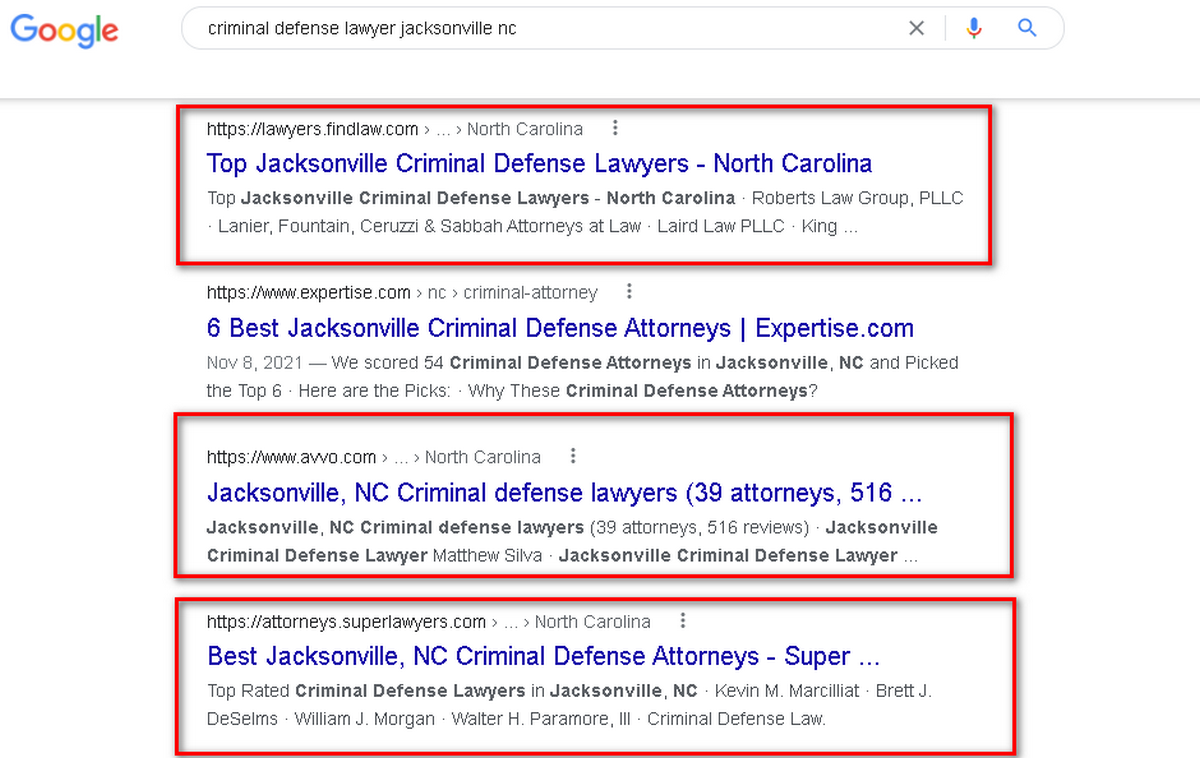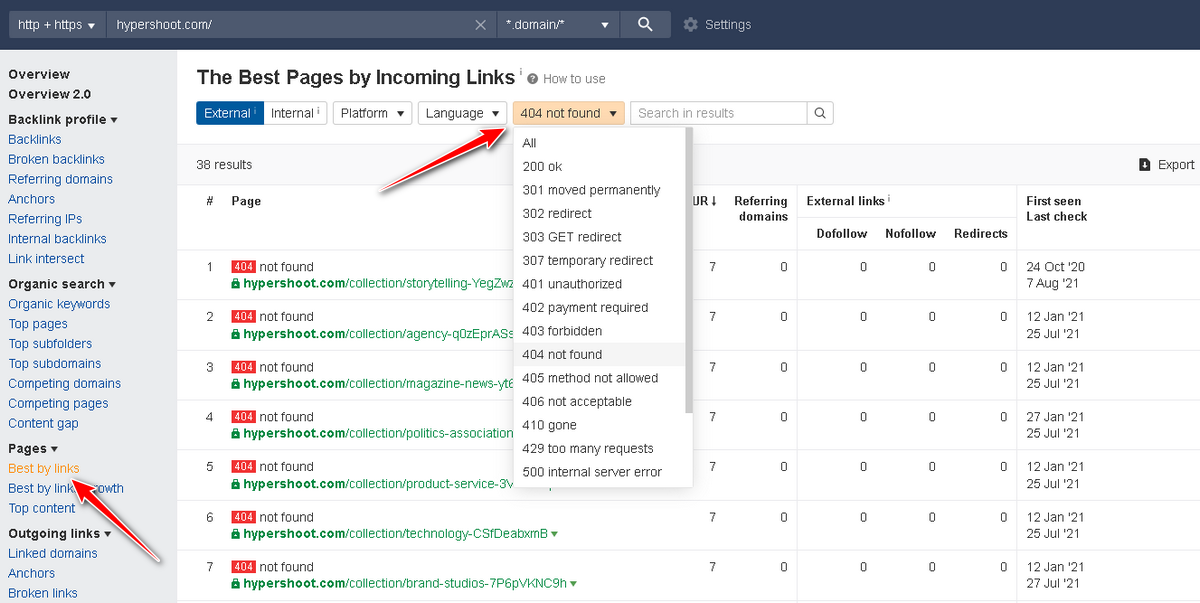If you run your business online, you are aware that you need to push your website up on Google. The more your site’s pages rank high across search engines – the more people visit your site.
And one of the most prominent ranking factors to take into account is links.
Yes, if you want to rank your local business on the web, you need to build links constantly.
In this post, you will get familiar with eight link-building strategies for your local business.
The Essence of Local Link Building
Local link building has the same goal as when you build links to any other business and site. It aims to build contextual and relevant links to your type of business. These links help power up your site’s backlink profile. Eventually, Google will rank the site higher.
You might ask – how many local links do you need?
Practice shows that local business sites don’t require tons of links to rank well. If you type whatever inquiry related to a local business in Keywords Explorer and check the “SERP overview” report.
As you can see, to get your site to the first page of Google you will need to acquire a handful of referring domains. Analyze your target keywords in this way and figure out how many links you need to build.
Now, let’s review eight local marketing strategies that will help you out.
1. Acquire links analyzing your main competitors
Don’t want to bother yourself with exploring sites to build links?
Then, this strategy is the solution you need.
If you analyze the links your competitors have, you will find lots of contextual and relevant opportunities for one hundred percent. To speed up the process and save your time, use an SEO tool called Link Intersect.
Everything you need to do is take a few competitors’ links and add them to the tool along with your site. The service will provide you with information on what links your competitors have and your site has not.
In this very example, the tool suggested about 14K domains not linking to the target website. An impressive result, isn’t it?
But take a look at the number of links each of the competitors’ sites has. As you can see, there are not so many of them.
You will be able to find links related to your niche. Afterwards, run your link-building campaign to acquire these links.
2. Build links from the sites you can find in the SERP
Have you ever heard about “Barnacle SEO”?
This tactic is quite simple and straightforward. You type your query in Google and work on building links from the sites shown per your search request.
Obviously, you won’t acquire links from your competitors. No one competitor will do this. It goes against all unspoken rules of marketing. Besides, it may harm your reputation.
Fortunately, you can get links from aggregator or directory sites. Just sign up to these sites and get your local business listed.
3. Work on creating locally relevant content
Even if you promote your business in a small area, it doesn’t mean that you should forget about creating business-related content. Content marketing is a driving force for your business. It helps your potential customers find out more about your product and business.
Besides, content is a part of your company’s branding. Content speaks to your customers explaining to them how your product or service can help solve the issues people have. And when the audience sees the clear connection between your product and the issues it can resolve, people start to memorize your brand.
Content creation is a complex process that includes topic ideas research, creating a content plan, writing blog posts, and content promotion. In the case of a local online business, it is important to cover topics that would be interesting to your audience and could promote your service gently.
Analyze your competitors. Find out what topics they cover. Borrow some ideas and make them more in-depth.
Keep in mind that content marketing requires you to brainstorm ideas months ahead. Thus, be patient.
4. Monitor the web to find “unlinked” mentions of your brand
There is no doubt that you have already stumbled upon the mention of your brand, site, product, or service that is without a link. Like the example below.
Yes, it is not good to see the name of your brand without the link. On the other hand, you can always reach out to the site’s editor and ask to link back to your site.
How to find these “unlinked” mentions in a blink of an eye?
You will need the Content Explorer tool from Ahrefs. Type the name of your site and add the following search attribute “-site:domain.com”. It will look in the following way:
“hypershoot” -site:hypershoot.com
Set up the filters like date range, “One link per domain”, and add your site to the “highlight unlinked domains” option. As you can see, there are 71 pages where those ones that have no link back are marked with color.
Explore the opportunities and restore the links.
5. Don’t shy away from getting local citations
For those who want to get their local business featured across various citation services, there are dozens you can explore in different countries. For example, if your local business develops in the US, then review these site suggestions:
- US aggregators (the most popular ones) – Localeze, Data Axle, Foursquare
- More opportunities to consider – Bing, Yellowpages, Apple Maps, Google My Business, etc.
Get your business placed there.
6. Find “lost” links and replace them with working links
During the lifetime of your sites, lots of things can happen. And one of the issues you may face is having lost links.
It has a negative impact on the SEO of your site and user experience also. You must fix lost links by redirecting these “ghost” pages to the current version of the pages. It will help you recover the page.
How to find lost links?
Grab your site’s domain and analyze it with the Site Explorer tool. Draw your attention to the “best by links” report. Then, choose the “404 not found” filter in the “HTTP code” tab.
Now you can review all lost links and recover them.
7. Don’t forget to add internal links
Internal links help your site in two ways. They help search engine crawlers find content on the site by jumping from one link to another. And internal linking helps users navigate on your site exploring content they want to review.
You might wonder how internal linking is connected with link building if it doesn’t help build new links?
Yes, it is more about your site’s system. It is not an off-page SEO technique. But if you use the right anchors and relevant links, it will improve the overall performance of your site.
Pro tip: use a plugin like Link Whisper to automate internal linking on your blog. Then you’ll have more time to focus on getting more of those precious backlinks pointing to your domain.
8. Explore more local link opportunities
Even though a local online business has a narrow spectrum of activities, there are lots of other opportunities to build links. Let’s review them:
- Sites focused on the states and surrounding areas
- Local communities, forums, and groups (Reddit, Quora, Facebook, etc.)
- Educational facilities (club sponsorship, alumni links, discounts, etc.)
- Local magazines, news, podcasts
- City-related sites etc.
Use all the opportunities you can find and build links.
To Sum Up
Local link building doesn’t force you to build tons of links from high-authoritative sites. It is a pretty down-to-earth process.
The tactics suggested in the post are basic and don’t require in-depth knowledge of SEO. Nevertheless, they are actionable.
If you think the post lacks other local link building tips and tricks, feel free to share your ideas in the comment section.









